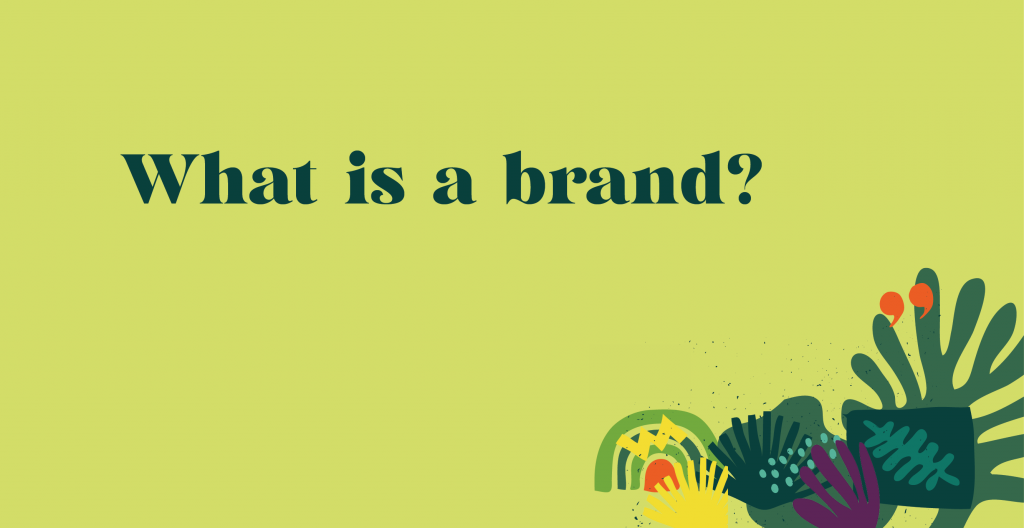
I’m currently working with an organisation that is going through a transformation and wants to establish a clear brand identity to engage with current and future employees, customers, partners and investors.
Last week, I wrote a piece to be shared with that organisation’s staff explaining brand personality and why I was asking them to select words that seemed random to them in an online questionnaire. That exercise inspired this blog.
Every brand has a personality, and accurately understanding a brand’s personality is important to its success. Understanding a brand’s personality facilitates a brand storytelling process and also helps select the most appropriate visual identity, messages, media channels, sponsorships or partnerships. It also enables brand owners to deliver consistent brand experiences that connect with audiences and leave a lasting impression.
Brands can take on human characteristics, which helps staff, customers and stakeholders to relate and feel emotionally connected to the brand. These characteristics, such as honest, friendly, and charming, signify how the brand behaves, looks and sounds.
Some of the world’s most powerful brands invest serious time and thought into defining their brand personality, the human qualities that bring their brand to life.
A popular starting point is Jennifer Aaker’s five-dimensional framework. Which categorises brand personality into these identity traits:
- Sincerity – genuine, honest, wholesome and cheerful (e.g. Dove and Disney)
- Excitement – playful, daring, imaginative, and spirited (e.g. Virgin and Red Bull)
- Competence – intelligence, success, reliability, and expertise. (e.g. Intel and IBM)
- Sophistication – charming, refined, elegant, and poise (e.g. Audi and Cartier)
- Ruggedness – powerful, forceful, potent and outdoorsy (e.g. Timberland and Harley Davidson)
These identity traits shape behaviour, influencing how a brand expresses itself and acts in the world, whether through messaging, customer experience or visual style.
But personality is not just internal. It must feel congruent with the brand’s purpose, values and actions. When personality is authentic and aligned, it builds trust.
Ultimately, what matters is how it lands with your audience. Brand personality shapes perception, strengthens emotional connection and sets expectations.
Take Disney, for example. Most people would describe the brand as friendly, wholesome, cheerful and brave. These qualities sit within the Sincerity and Excitement zones of Aaker’s framework. They show up across Disney’s characteristics (such as family values), expression (uplifting stories), behaviour (magical experiences) and alignment (clear emotional values). It feels authentic, which is why it resonates.
Now imagine if Disney started acting more like Harley-Davidson or Timberland — tough, gritty and rugged. It would feel off. That disconnect would undermine trust and create confusion. This is why personality matters. It gives your brand emotional depth and a behavioural compass.
Defining your personality has to be organic and authentic.
- Know your customer’s perception of you, your customers will have a rich list of descriptions of your brand personality.
- Know your competitors, how do your competitors describe themselves, or what personality traits come through strongly in all their activity; how can you distinguish yourself from those traits to be unique
- Know what you want your perception to be, how would you describe yourselves? How different or similar that that to your customers’ and competitor descriptions? Are there synergies to take advantage of or gaps you need to close?
Like people, brand personalities evolve as we grow and navigate through life. Some traits will remain the same and become the core personality, but some will change with time. Keep a constant check to make sure that what you are portraying in your personality remains true to your brand.


